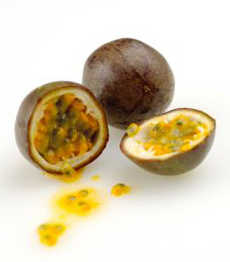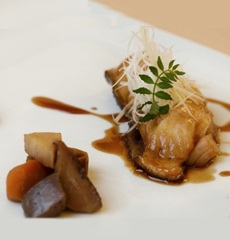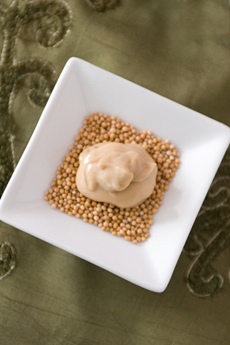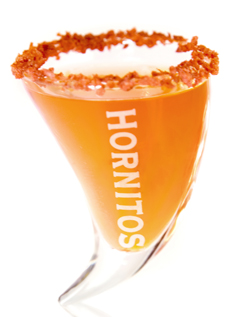|
We love asparagus, and eat it almost daily during the season (April, May and June).
Simply steamed fresh asparagus is so delicious, we find it needs no embellishment—no salt, no butter, no lemon juice or other seasoning. It requires just a quick visit to the vegetable steamer (or microwave) and is ready to eat. (Note: While some people love it, we think that a vertical asparagus steamer is a waste of space.)
For a more complex dish, try this easy recipe for oven-roasted asparagus with feta cheese, garlic and a balsamic drizzle. It’s a combination of sweet, earthy, salty and garlicky flavors. If you don’t like feta, you can substitute fresh goat cheese.
The recipe uses balsamic cream (crema di balsamico), a reduction of balsamic vinegar that has sweet and tangy notes. It’s pricey, but you only use a drizzle at a time. If you don’t want to purchase a bottle, you can substitute balsamic glaze or even plain balsamic vinegar.
Enjoy the recipe with a glass of Sauvignon Blanc; or check out these wines and beers that pair with feta.
|



